Some common mistakes to avoid when landscaping include not planning, failing to consider climate and soil conditions, not accounting for drainage issues, and neglecting maintenance.
Landscaping your property can be a great way to add beauty and value to your home. However, making mistakes that could cost you time and money is also possible.
To help ensure that your landscaping project is a success, here are some common mistakes to avoid when landscaping.
Look Inside:
Choosing the Wrong Plants

Plant selection is an integral part of any landscape design, as it will determine how well your garden thrives and how much maintenance it requires. When selecting plants for your landscape, it’s essential to consider factors such as climate, soil type, light exposure, and water requirements.
It’s also essential to choose plants that are compatible with each other regarding their growth habits and needs. For example, if you plant a fast-growing tree next to a slow-growing shrub or flower bed, the tree may eventually overtake the other plants in size and shade them out.
Some species may be invasive or require more care than others; research before planting is critical!
Poor Soil Preparation
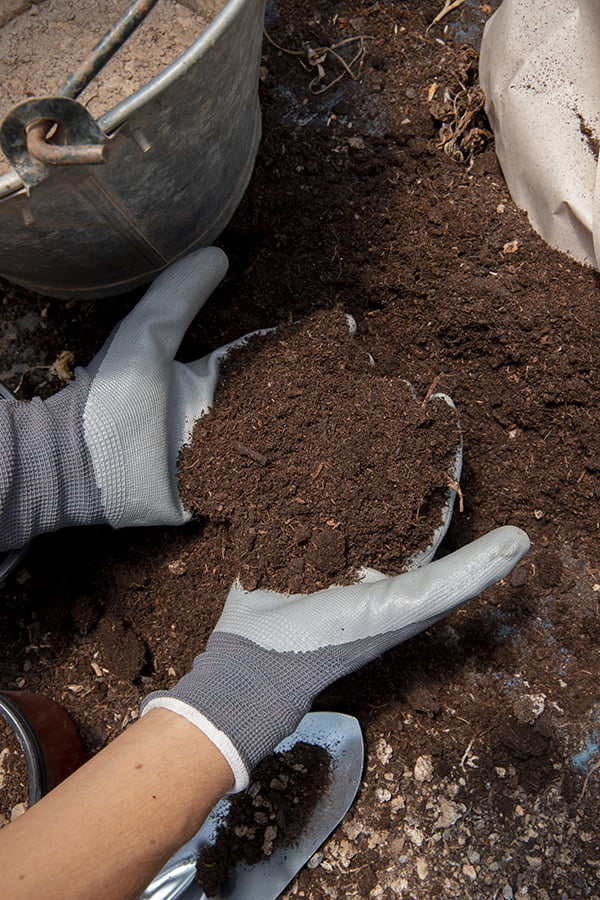
This involves preparing the soil before planting, including removing weeds or debris, tilling the soil to break up large clumps, and adding organic matter such as compost or manure. Poorly prepared soil can lead to poor plant growth and even death due to a lack of nutrients and water retention.
It can also cause drainage issues if not adequately addressed. To ensure proper soil preparation for your landscape project, it is essential to test the pH level of your soil first and then adjust accordingly with amendments like lime or sulfur, depending on what type of plants you are trying to grow.
It is also essential to till the area thoroughly so that all roots are broken up evenly for them to take hold in their new environment. Adding organic matter will help improve water retention and nutrient availability for your plants’ health over time.
Over-watering
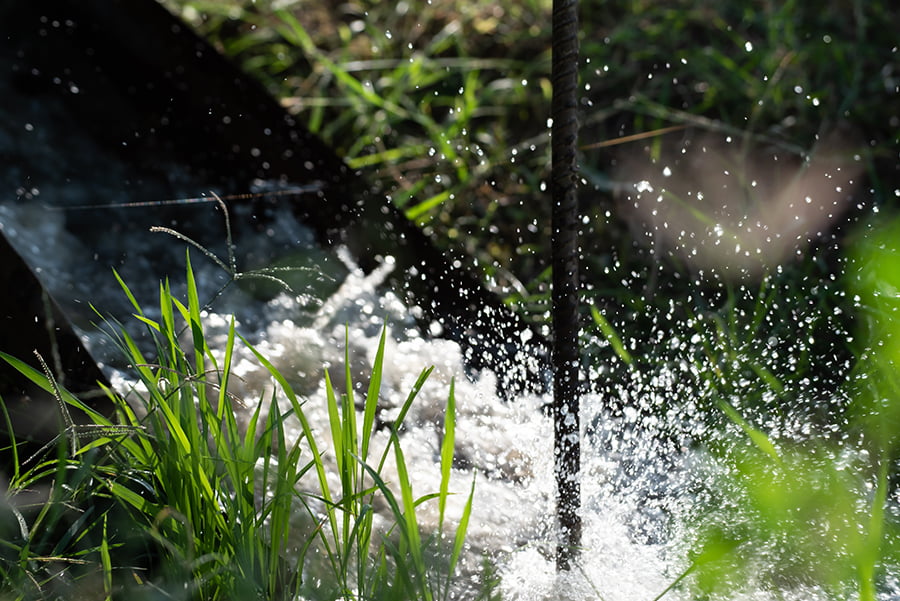
It occurs when too much water is applied to plants, lawns, and other vegetation. This can lead to problems such as root rot, fungal diseases, and plant nutrient deficiencies.
Over-watering also causes soil erosion and can lead to increased weeds due to the moist environment they thrive in. To avoid over-watering your landscape, follow the recommended watering schedule for your specific plants or grass type.
Check the soil moisture before watering by sticking your finger into it; if it feels damp, there is no need for additional water. Use a rain gauge or irrigation system with sensors to know exactly how much water each area needs without guessing or overdoing it.
Not Accounting for Climate and Weather Conditions
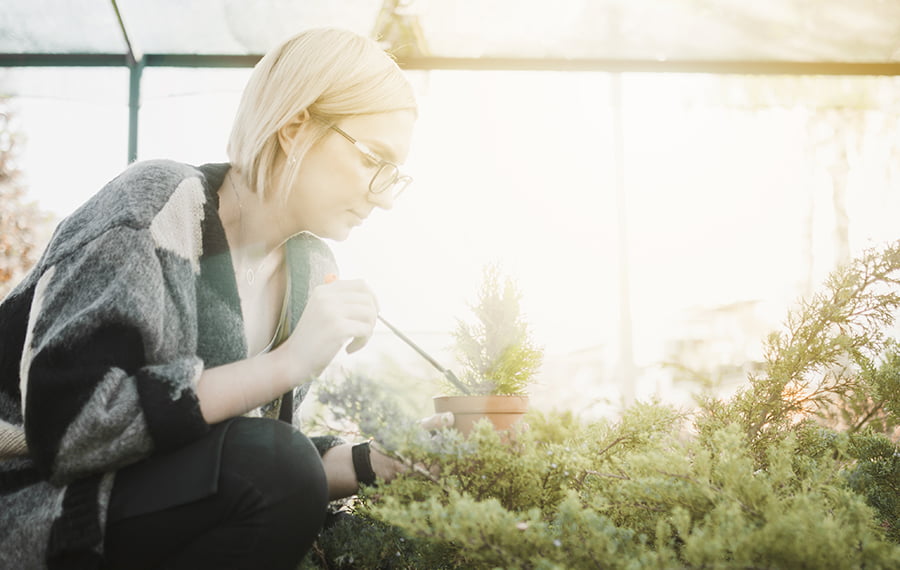
Not accounting for these factors can lead to costly mistakes that could have been avoided. For example, planting tropical plants may not be a good idea if you live in a cold climate, as they will likely die during winter.
Similarly, if you live in an area with frequent droughts or heavy rainfall, certain plants may not survive due to a lack of water or too much water respectively. When planning your landscape design, it is essential to consider how much sunlight different areas of your yard receive throughout the day and choose plants accordingly.
Plants that require full sun should be placed in sunny spots, while those that prefer shade should be planted in shadier areas. Considering all these factors before beginning any landscaping project can help ensure success and avoid costly mistakes.
Ignoring Maintenance Requirements
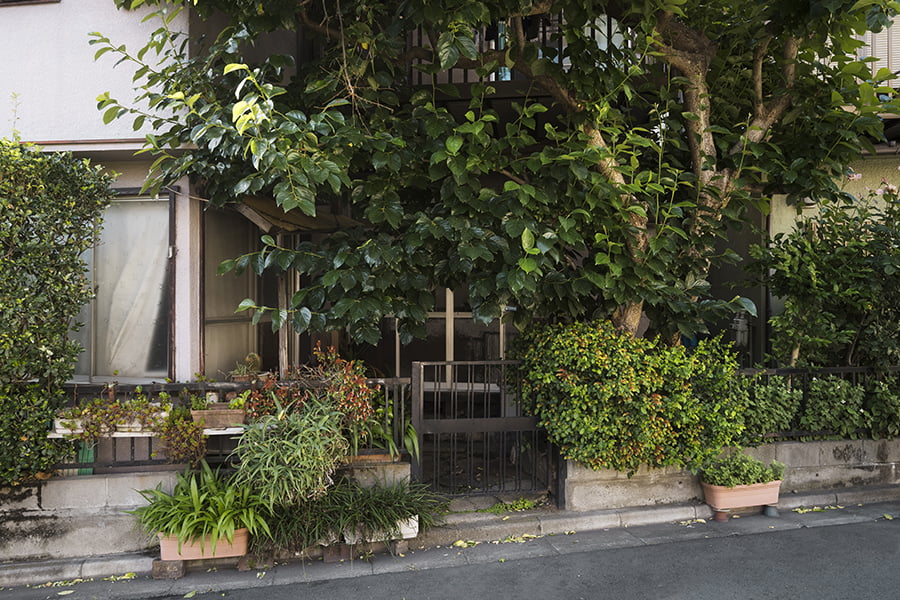
This means not taking into account the amount of time and effort that will be needed to keep a landscape looking its best. Without regular maintenance, plants can become overgrown, weeds can take over, and hardscapes such as patios or walkways can become damaged or unsafe.
To avoid this mistake, planning for how much time and money will be needed for ongoing upkeep is essential. This includes researching which plants are low-maintenance and selecting materials durable enough to withstand weather conditions in your area.
Setting aside a budget for regular pruning, fertilizing, weeding, mulching, and other tasks will help ensure that your landscape remains beautiful year after year.
Not Considering Drainage Needs
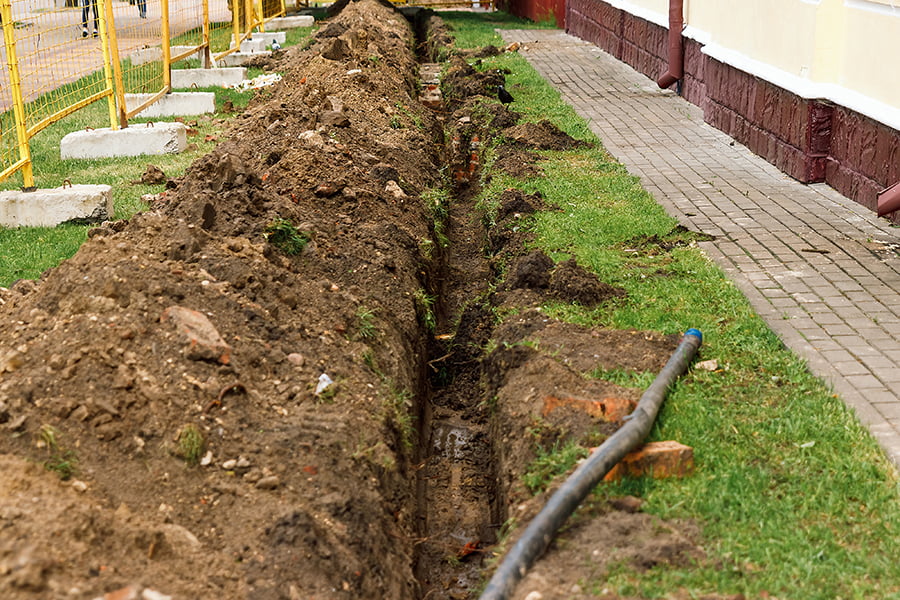
People often fail to plan how water will move through their yards and garden, leading to potential flooding or waterlogging. Without proper drainage, plants can become stressed due to too much moisture in the soil and may die as a result.
Standing water can create an ideal environment for mosquitoes and other pests to breed in. To avoid these issues, it is essential to consider drainage when planning your landscape design by incorporating features such as swales, berms, French drains, or dry wells into your plans.
These features help direct excess water away from areas that could cause damage while providing a more aesthetically pleasing look than traditional gutters or downspouts.
Planting Too Close Together or Too Far Apart

Planting too close together can cause overcrowding and competition for resources such as sunlight, water, and nutrients. Lack of resources can lead to stunted growth or even death of some plants.
On the other hand, planting too far apart can leave significant gaps in your landscape design that will be difficult to fill in later on.
To avoid these mistakes when landscaping, it is essential to research the recommended spacing for each type of plant you are using and plan accordingly before planting them in your garden or yard.